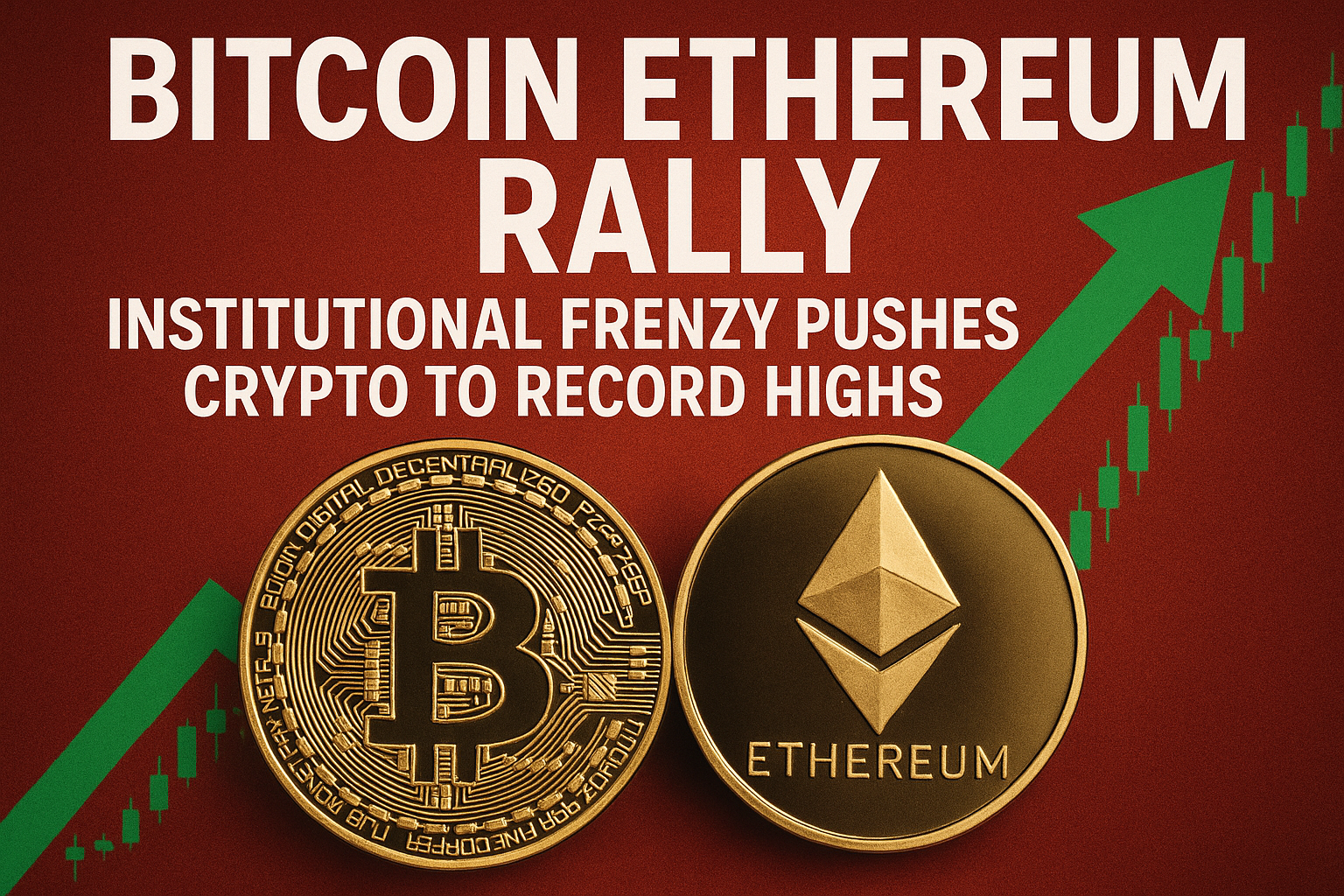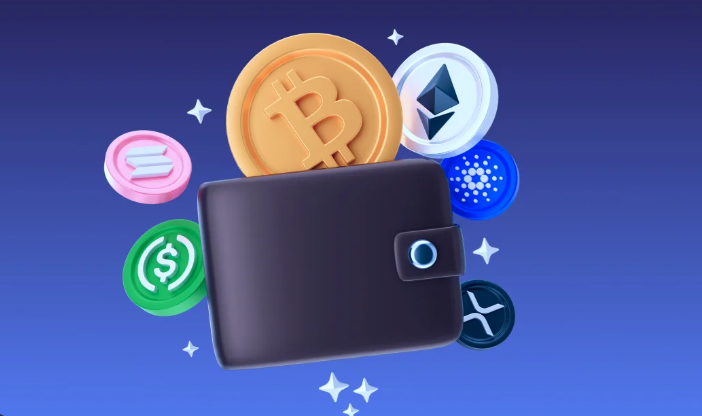The History and Evolution of Dogecoin: From Meme to Trend

The Birth of Dogecoin: A Meme Come to Life
In December 2013, the cryptocurrency landscape witnessed the emergence of Dogecoin, a digital asset that began its life as a lighthearted parody. Created by software engineers Billy Markus and Jackson Palmer, Dogecoin was inspired by the iconic “Doge” meme, which features the Shiba Inu dog along with Comic Sans captions. The motivation behind this venture was to infuse a sense of humor and fun into the often serious and technical realm of cryptocurrencies. By drawing on the popularity of memes, Markus and Palmer sought to introduce a more approachable and engaging alternative to Bitcoin, which at that time was gaining notoriety among early crypto adopters.
From its inception, Dogecoin was designed to be a community-driven project. Its creators aimed to attract users who might be intimidated by the complexities of other cryptocurrencies. This focus on accessibility helped Dogecoin quickly forge a robust online community, where fans and early adopters could engage and share ideas. The lighthearted nature of the coin made it particularly appealing, especially among individuals new to the world of crypto development. Unlike the often hyper-competitive atmosphere surrounding Bitcoin, Dogecoin embraced inclusivity and entertainment.
The initial reception of Dogecoin within the crypto community was overwhelmingly positive. Many users appreciated its whimsical nature, and the coin soon began to gain traction through social media platforms and online forums. As its popularity grew, Dogecoin began to serve not only as a medium of exchange but also as a method of tipping content creators and rewarding contribution within its community. This unique dynamic established Dogecoin as more than just a meme coin; it became a social phenomenon that played a pivotal role in expanding the appeal of cryptocurrencies to a broader audience.
The Rise in Popularity: From Niche to Notoriety

Dogecoin, initially created as a lighthearted alternative to Bitcoin, has garnered remarkable attention over the years. Its journey from a niche cryptocurrency to heightened notoriety can be attributed to several key factors. Chief among these is the active community that has embraced the coin since its inception. The Dogecoin community has been adept at fostering a sense of belonging, providing support, and promoting various charitable initiatives. One notable contribution was their sponsorship of the Jamaican bobsled team’s trip to the 2014 Winter Olympics, which significantly increased Dogecoin’s visibility and underscored the coin’s philanthropic spirit.
In addition to these grassroots efforts, social media platforms have played a vital role in popularizing Dogecoin. The ease of sharing content on platforms like Twitter, Reddit, and TikTok has enabled dedicated Dogecoin enthusiasts to rally support and share their experiences. This online chatter facilitated the spread of memes and jokes surrounding the coin, aligning perfectly with its “meme coin” status. Such informal yet effective marketing strategies have drawn in a larger audience, leading to increased adoption.
Moreover, endorsements from prominent figures have further propelled Dogecoin into the spotlight. Celebrity endorsements, particularly from individuals such as Elon Musk, have proven instrumental in cultivating interest and investment. Musk’s frequent tweets and public support for Dogecoin have transformed it from a playful meme currency into a legitimate entry in the cryptocurrency market. This shift in perception significantly boosted its adoption and trading volume, solidifying Dogecoin’s position within the broader landscape of crypto development. As a result, the coin has achieved a level of recognition that many other cryptocurrencies aspire to, marking a pivotal moment in dogecoin history.
Market Fluctuations and Institutional Interest
The journey of Dogecoin in the cryptocurrency market has been marked by significant price fluctuations, influenced by various factors. Launched in December 2013 as a lighthearted alternative to Bitcoin, Dogecoin was initially designed as a meme coin, taking inspiration from the popular Doge meme. Over the years, it has transformed into a notable player in the crypto development arena, with its price amply reflecting these changes.
During the cryptocurrency boom of 2020-2021, Dogecoin experienced unprecedented price surges. In early 2021, its value skyrocketed, thanks in part to the endorsement from influential public figures and widespread social media campaigns. This period highlighted the potential of Dogecoin as more than just a playful currency, capturing the attention of speculative investors and communities, and leading to significant trading volume on major platforms. The trading platforms’ adoption of Dogecoin, coupled with its growing popularity, catalyzed a strong market presence, enabling the meme coin to reach an all-time high in mid-2021.
Furthermore, the landscape of cryptocurrencies has been evolving, marked by increasing institutional interest. Various companies and investment firms began recognizing the potential of Dogecoin alongside more traditional cryptocurrencies. Such interest has underscored the ongoing transformation in the attitudes toward altcoins. Despite being considered a meme coin, Dogecoin’s ability to engage a large community and its mainstream visibility have positioned it uniquely within the crypto development sphere compared to cryptocurrencies with clearer use cases, such as Bitcoin or Ethereum. The increasing institutional interest has not only contributed to the legitimization of Dogecoin but also has raised questions about its long-term viability in an increasingly competitive crypto market.
The Future of Dogecoin: Sustaining the Momentum
The future trajectory of Dogecoin appears promising yet uncertain. As a leading meme coin, Dogecoin has captured the attention of both enthusiasts and investors alike. Its community-driven nature has resulted in a passionate following, capable of driving the currency’s continued popularity in the competitive landscape of cryptocurrency. Nevertheless, sustaining momentum requires ongoing developments within the ecosystem, including potential technological upgrades aimed at bolstering transaction speed and efficiency.
One notable aspect of Dogecoin’s future lies in its ability to adapt to the evolving needs of its users. The community is actively exploring ways to enhance the efficiency of transactions, which may include the implementation of new technologies or partnerships with established payment platforms. Such advancements could reinforce Dogecoin’s utility beyond a mere meme coin, propelling it towards acceptance in mainstream financial transactions. Furthermore, as discussions on scalability and transaction costs take center stage within the crypto development community, Dogecoin must respond effectively to remain relevant.
However, challenges loom over Dogecoin’s continued success. Regulatory scrutiny has intensified across the cryptocurrency sector, with governments examining the impact of crypto transactions on the broader economy. How Dogecoin navigates this regulatory environment could significantly affect its adoption and value. Additionally, competition from newer cryptocurrencies continually emerges, each offering innovative features that may attract the attention of investors and users. Maintaining a unique position amidst these dynamics will be crucial for Dogecoin’s longevity.
Experts in the industry hold diverse opinions on Dogecoin’s future. While some believe that its strong community can propel it forward, others caution about its reliance on social trends and influencer support. As the crypto market evolves, monitoring Dogecoin’s adaptability and resilience will be vital in determining whether it can sustain its relevance and position in the ever-changing landscape.








